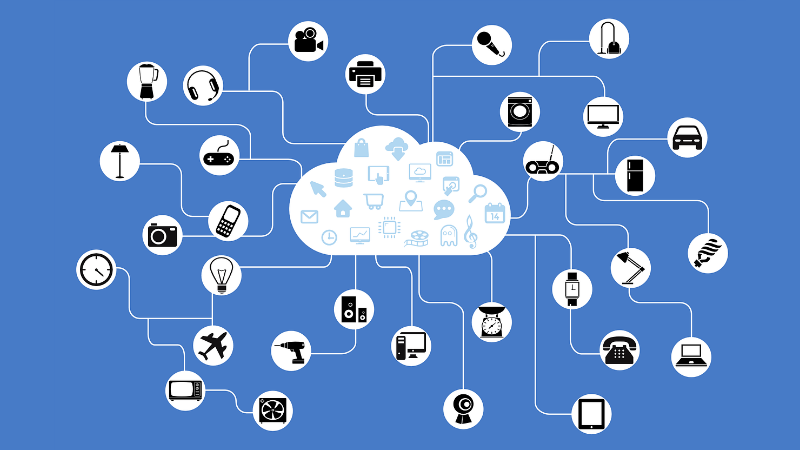SAP has announced that through co-innovations with clients it is delivering new Internet of Things (IoT) solutions. Clients are using the SAP Asset Intelligence Network and SAP HANA Cloud Platform to enable this. Tanja Rueckert executive vice president, LoB Digital Assets and IoT, SAP commented: “We are activating the network to provide the collaboration platform and the business context for new IoT innovations that will transform asset management and process automation. We are growing the powerful ecosystem of technology companies that will enable new levels of business outcomes from smarter factories and production processes.”
So what is the SAP Asset Intelligence Network
The SAP Asset Intelligence Network (SAP AIN) is a single hub that provides a repository for information about models and equipment. It is provided on the secure SAP HANA cloud platform and to enable multiple business partners to access the data securely. This allows different parts of the supply chain to access the data globally. For example it is possible for an equipment manufacturer to have access to its complete set of IoT data, while service partners access their specific subset. Those service partners may divide the data by product type, vertical market, geography or even serial number.
The use cases of this are exciting, with new ones discovered frequently. However there are risks with implementing IoT. Enterprise Times recently spoke to William Nehring who commented: “One of the key challenges with IoT is that a lot of people don’t know what it means. Everyone thinks there is an opportunity, there is something coming but they cannot grasp what it means.”
The SAP AIN actually goes a step further than merely collecting IoT data. It can also contain all the revent documentation and material about products. Thus, if a service partner is working on a specific piece of machinery they can have access to all the documentation available. SAP AIN acts as a hub for sensor data to identify a fault and then provides the relevant engineer with the information they need to resolve the problem.
Who is using it
Within the recent press release SAP gave examples of companies that are using the platform to leverage IoT. Endress+Hauser has implemented data collection from its IoT enabled measuring devices. This now delivers insights into not only predictive maintenance but also insights for improvements in its manufacturing process.
Hilscher Gesellschaft für Systemautomation mbH (HIlscher) develop and produce industrial communication solutions for modern factory automation and plant automation. They now provide connectors and edge gateway technology to enable track and trace and out-of-the-box connectivity to SAP Asset Intelligence Network. Pepperl+Fuchs International is a pioneer and innovator in electrical explosion protection and sensor technology for factory and process automation. They are providing sensors and accessories for connected asset lifecycle management and system integration components for IoT process automation.
What is interesting, is that Hilscher and Pepperl+Fuchs are partnering to develop integrated solutions using the underlying SAP AIN technology. They are now able to track the machine lifecycle from the supplier, manufacturer and plant operator. In combining the data from all their sensors, they obtain an even better visibility of issues, potential issues and insights.
Conclusion
There are some risks with jumping on the IoT bandwagon. What SAP is now delivering with SAP AIN is a step change on IoT platforms. The ability to gather and aggregate data from multiple vendor sensor nodes will enable deeper insights for their customers. This adds a new dimension to the choice of supplier for manufacturers. The IoT platform used has become even more important.
Business networks are becoming increasingly important. It will be interesting to see whether SAP can create a new form of network based on AIN. This might become a new generation of business network. One that could evolve into the equivalent of the supply chain network, such as SAP Ariba and Gt Nexus. It will be intriguing to see how Infor and Oracle react and develop their own solution to this.



























[…] #http://bit.ly/2fURKRq […]